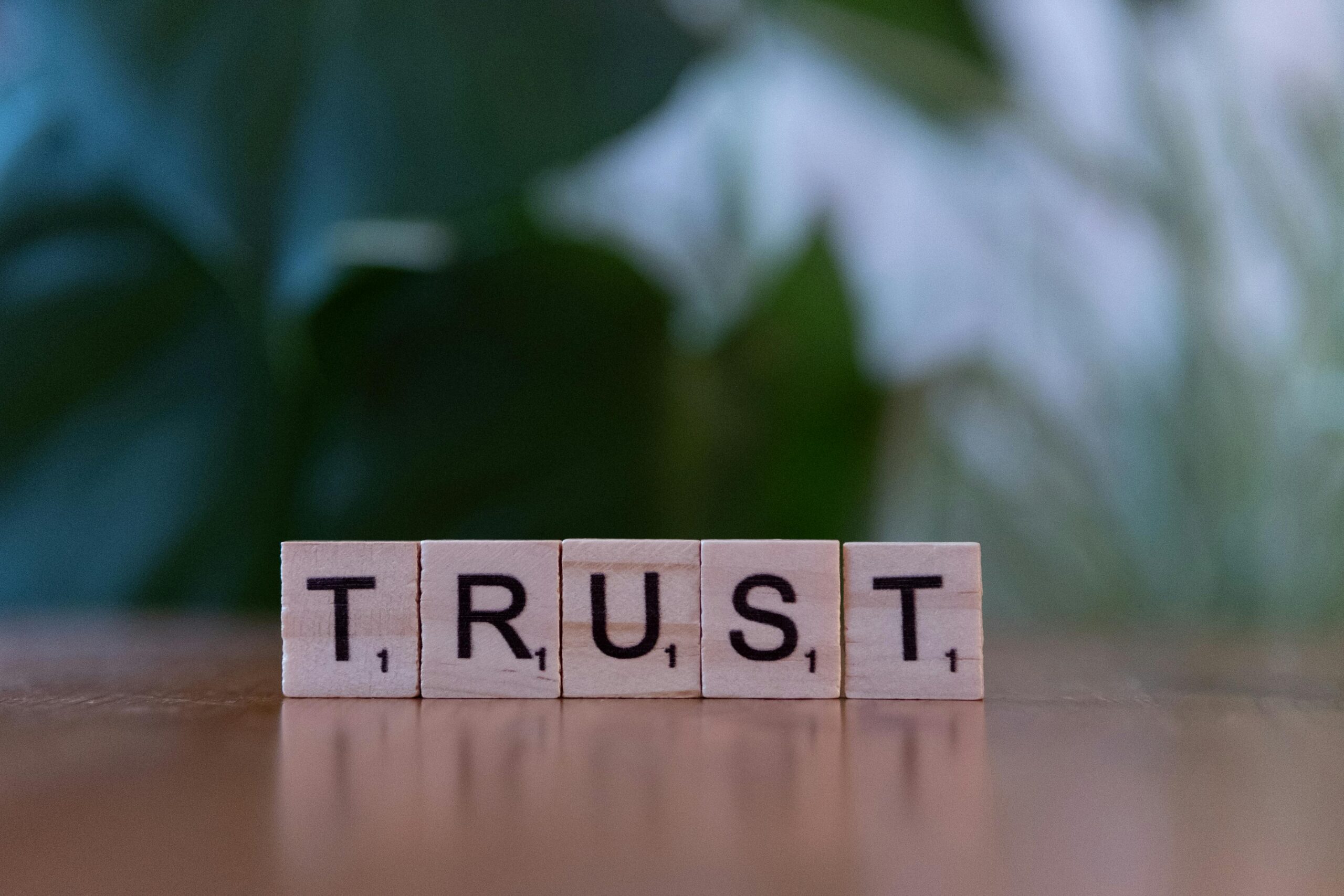How to Rebuild Trust With Yourself (When You Still Feel Disconnected)
You Don’t Rebuild trust in the mirror. It’s built in the moment after you flinch, and still choose to stay.
You’ve done the work. You’ve journaled. You’ve even healed things you never thought you could name.
But somehow, you still don’t fully trust yourself. You second-guess your yes. You delay your no. You don’t feel steady in your body.
That’s not failure, it’s disconnection.
In this post, we’ll explore how rebuilding self-trust isn’t about doing more… it’s about coming back into relationship with your own nervous system, step by step.
Many of us lose trust in ourselves because our inner signals were ignored, punished, or pathologized. Especially in trauma, high-pressure systems, or emotionally unsafe relationships, we learn that listening to our body is dangerous. So we disconnect. We perform. We override.
But trust can be rebuilt.
Not instantly and not in the way most advice suggests.
You don’t rebuild trust with affirmations.
You rebuild it with presence.

What Most “Self-Trust” Advice Misses
You’ve heard it all:
- “Just trust your gut.”
- “You know what’s best for you.”
- “You’ve always had the answer inside.”
But here’s the truth:
You can’t “just trust yourself” if your nervous system is wired for freeze, fawn, or collapse.
For those of us who’ve spent years performing for safety, self-trust isn’t a mindset it’s a physiological repair process.
You don’t build it by thinking. You build it by staying present through discomfort.
That looks like:
- Letting the urge to fix or flee rise… and not obeying it immediately
- Catching yourself before you self-abandon in a conversation
- Noticing the urge to over-explain as it happens and pausing instead
Trust Isn’t Certainty. It’s Staying.
You’re not rebuilding trust to be perfect. You’re rebuilding it so that when you falter, you don’t abandon yourself again.
Trust isn’t the absence of doubt. It’s the willingness to stay with yourself through it.
When something doesn’t go as planned do you collapse? Criticize yourself? Perform harder? Or do you pause… breathe… and return?
That return is the rebuild.
How to Know If You’re Out of Trust
You might be out of self-trust if:
- You constantly ask others what to do even when you already know
- You override your no to avoid tension
- You feel disconnected from your body’s yes
- You freeze or please the second conflict arises
None of this means you’re broken. It just means you learned to trade your instincts for approval. That’s not your fault. But it is your repair.
What Rebuilding Looks Like Day to Day
It’s not dramatic. It’s subtle.
Rebuilding trust looks like:
- Canceling a call when your body says “no,” not when your calendar says “busy”
- Saying “I don’t like how that felt,” even if they didn’t mean harm
- Letting your hunger, your grief, or your anger matter
- Taking one small action that aligns with truth not performance
Self-trust isn’t loud. It’s cumulative.
It’s built every time you notice the old pattern… and choose not to ghost yourself again.
What Self-Trust Feels Like in the Body
Self-trust is not just emotional it’s somatic. It lives in the body.
When trust is intact, you might feel:
- Grounded in your belly
- Breath arriving without force
- A calm alertness like your body isn’t bracing anymore
- A subtle warmth behind your sternum or throat
When trust is ruptured, you may feel:
- Numbness
- Internal chaos masked as perfectionism
- A split between your thoughts and your gut
- Shame after simple decisions
Rebuilding trust is the process of letting your body become safe ground again. Not sure where to begin? Start with the Descent Ritual, a 7-minute somatic practice to help you return to yourself.
Small Practices to Rebuild Trust
You don’t need a 5-step morning routine. You need moments of presence that interrupt the pattern.
Here’s where to start:
The Micro-Yes
Ask your body yes/no questions. Let the smallest “yes” guide the next step.
Mirror Check-Ins
Look at yourself not to assess, but to witness. Say: “I’m here. I’ve got you.”
Pause Before You Perform
When you notice people-pleasing about to kick in, stop. Breathe. Ask: “Is this true for me?”
Celebrate Micro-Repair
When you stay present through discomfort acknowledge it. Write it down. Let your body feel what it means to be trusted again.
You Don’t Have to Trust Everything. Just This.
You don’t need to trust your entire life. You don’t need to believe in every version of yourself. You don’t need to feel certain about every choice.
You just need to trust that:
- You’re allowed to return
- Your body isn’t betraying you
- Silence is information
- Staying, even when it’s messy, is safer than abandoning yourself again
This post is part of the Rebuilding Series inside Gentle Grove.
If rage was the rupture, trust is the rebuild. And when staying feels impossible that’s where we begin.
Our next post continues the path: Staying With Yourself When It’s Easier to Leave.
